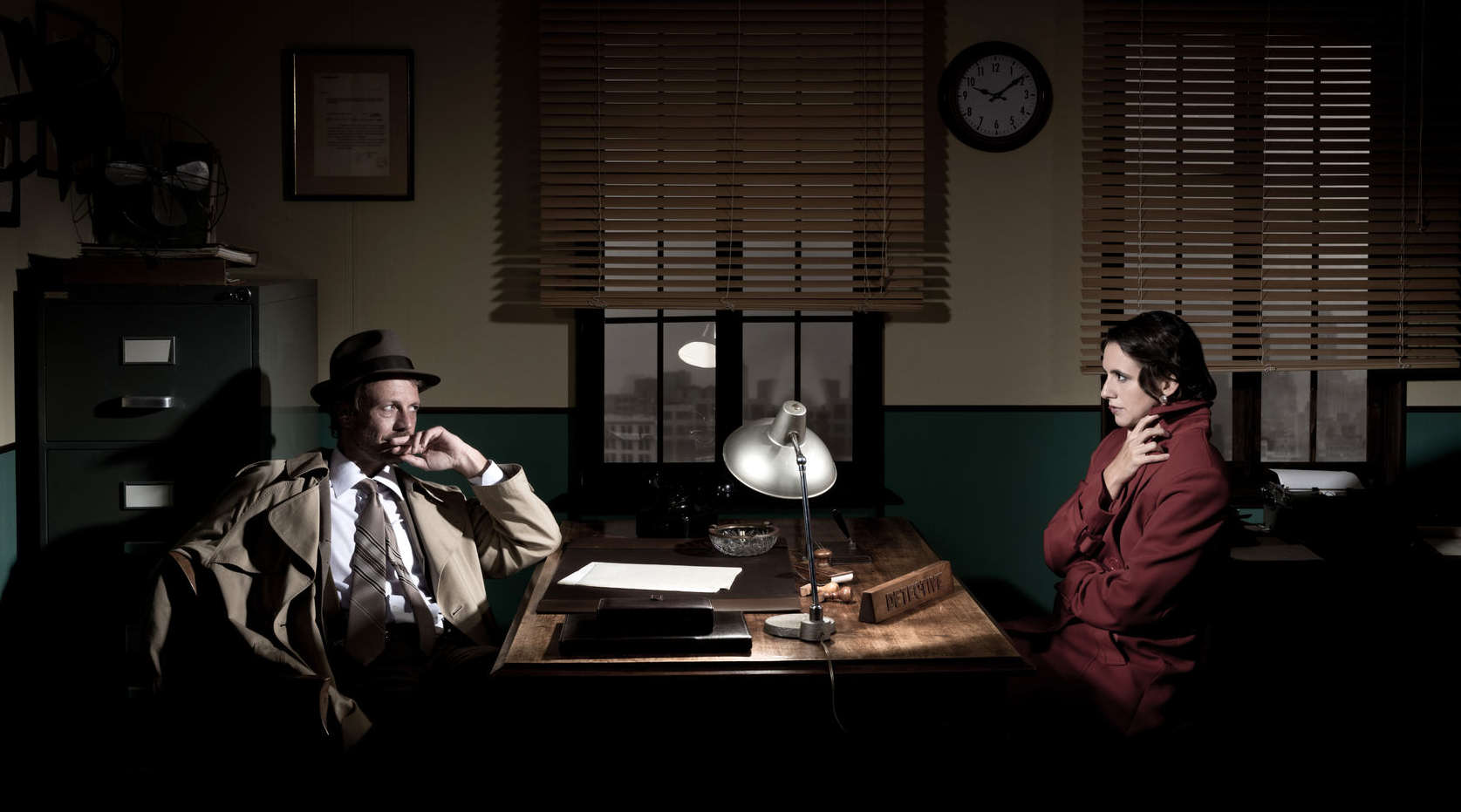

He was wearing a blue uniform, just like mine, and pinned to that blue uniform was a smooth, sterling silver, seven-point star, just like mine. The word “POLICE” in an arc just above the bottom point. The number “90210” in the center. That struck me as one he’d have no trouble remembering, since it’s firmly imbedded in the pop culture consciousness as the zip code of Beverly Hills.
The name of the city was in an arc just below the top two points, just like mine. But where mine read “BERKELEY,” his read “SAN FRANCISCO.”
The seven-point star is not an unheard of badge design in the US, but it’s not especially common, either. Here in the Bay Area, though, it’s the standard, and San Francisco PD’s the main reason why. They adopted that design back in 1849. I’ve heard several reasons why. One is that, SFPD being predominantly Catholic in those days, the badge was symbolic of the Seven Gifts of the Holy Spirit conferred during Confirmation. Another is that, since San Francisco, like Rome, has seven hills, each point represented one of those hills, Telegraph, Nob, Russian, Rincon, Mount Davidson, Mount Sutro, and the Twin Peaks. Of course, that’s actually eight, counting the Twin Peaks as two, and anyone who’s familiar with The City knows those aren’t the only hills. But, for whatever reason, the others, like Cathedral, Presidio, Castro, Lone Mountain, and dozens of others that aren’t even named, aren’t counted.
In any case, SFPD uses a seven-point star, and virtually every local police agency in the nine Bay Area counties follows suit. Even most of the state agencies jumped on the SFPD bandwagon. Officers of the California Highway Patrol, the State Police (before it got absorbed into the CHP), and the police departments of the University of California’s nine-campus system and the California State University’s twenty-three-campus system, all wear the seven-point star.
Despite being in full uniform, he was apparently off-duty. He was driving his private vehicle, and he was certainly outside of his jurisdiction. It was warm, so it wasn’t that odd that he hadn’t thrown a civvies jacket over his blues. But he was even wearing his hat, the same standard military-style saucer-shaped billed cap I’d been issued, with the same generic cap device I had on mine. Except I wasn’t wearing my cap. And I was on duty. Yet here he was, off the clock, and there was his cap, perched on his head in the appropriate, regulation manner, as though he was preparing for an inspection.
I’d been working a Marina detail, patrolling the landfill peninsula that juts out from the west side of Berkeley into the San Francisco Bay, along with its hotel, restaurants, Yacht Club, and the hundreds of boats harbored there, some of which are the full-time homes of their owners. It’s a special assignment, a paid assignment, that reserve cops like me work on the weekends, 7PM to 3AM Fridays and Saturdays, and Sundays from noon to eight. It was a quarter to three, and I was heading to the station to sign off duty.
It’d been quiet for a Saturday night. Not so much as an unsignaled left or right turn the whole shift. And the rest of Berkeley wasn’t much more active. Elsewhere in the Bay Area, there’d been an armed 211 of a convenience store 30-odd miles south in San Jose, and the getaway car, an otherwise nondescript SUV, had taken to Interstate 580 northbound, so they could conceivably, be headed for the East Bay. But, so long as they stayed on the freeway, it was CHP’s problem, and there was no reason to think the bandits would get this far, nor choose to use a Berkeley exit if they did.
Daly City, just south of San Francisco, had put out an “AMBER Alert” for a four-year-old girl who’d been missing since late afternoon, but there was no information other than a description of the child. If she was just lost, it was highly unlikely that she could find her way to this side of the Bay on her own. And if it was something else? Well, I didn’t really want to think about that.
A traffic stop by a San Rafael beat officer had turned into the arrest of a wanted killer on the FBI’s Top Ten, which would probably be the high point of that particular cop’s career. There’d been a bulletin that the fugitive had been seen in Santa Rosa a few days earlier, so cops all over the state were on the lookout. With his arrest, the BOLO had been cancelled.
(Visit Amazon for a print version)
Digital Subscription
Future issues are emailed on the 1st of each month.



